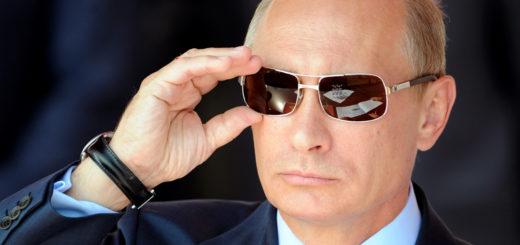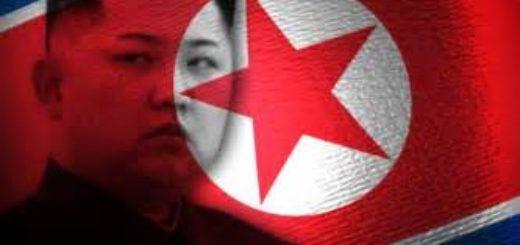Uncle Satan Bombed Women Children & Old Men
Tokyo 1945: 100K Women, Children and Men Too Old to Fight Were Burned Alive in 6 Hours on March 10th
“You could smell…burning flesh in the airplane”, “You could see flames…100 miles away”John Ismay(Anti-Empire) Wed, Mar 11, 2020 | 1300 words 1,927 24
| 020SHARES | Share to FacebookShare to TwitterShare to RedditShare to VkontakteShare to MessengerShare to TelegramShare to WhatsAppShare to Email |
Russia Insider Tip Jar – Keep truth alive!

“Can you imagine standing in front of an open bomb-bay door and smelling a city burn up? It was terrifying. At low altitude like that, I didn’t wear an oxygen mask. All I can say is that the smell was nauseating. I’ve never smelled anything like it since, and I don’t want to”
Just past midnight, hundreds of B-29 Superfortress bombers arrived over Tokyo, having launched from the Mariana Islands, which the United States had recently captured from the Imperial Japanese Army at great human cost. The aircraft had largely been stripped of their armaments so that they could carry even more clusters of small incendiary munitions. Young American officers in the sky dropped hundreds of thousands of bomblets on the working-class section of the city, with its densely packed wooden dwellings mainly inhabited at the time by women, children and men too old to fight.
Before that March 10, 1945, assault, named Operation Meetinghouse, the Army Air Forces had been conducting high-altitude, high-explosive “precision” attacks during the day on military sites and factories in Japan, with limited success. So Maj. Gen. Curtis E. LeMay, the officer in charge of strategic bombing from the Marianas, drew upon years of U.S. military research on the flammability of Japanese buildings to usher in a more aggressive tactic: dropping firebombs (also known as incendiary bombs) at night on population centers. If they couldn’t take out the factories, they could kill the people who worked in them.

Curtis LeMay receiving the after-action report for the March 10th Tokyo raid
Over several hours, U.S. Army Air Forces warplanes destroyed the shitamachi, or the low -lying section of Tokyo, and killed an estimated 100,000 Japanese citizens in a firestorm. The United States Strategic Bombing Survey later wrote that “probably more persons lost their lives by fire at Tokyo in a six-hour period than at any time in the history of man.” The devastating results motivated military leaders to continue incendiary bombing raids on Japan’s other cities — both large and small — in hopes of forcing the Japanese to surrender. Before the war’s end, firebombs dropped by B-29s killed hundreds of thousands of Japanese citizens in more than 60 cities before nuclear bombs leveled Hiroshima and Nagasaki.
“We hated what we were doing,” said Jim Marich, one of the airmen who flew over Tokyo that night as part of the B-29 aircrews. “But we thought we had to do it. We thought that raid might cause the Japanese to surrender.” Marich’s somber account of his role in the missions is a grim reminder of the indelible scars left on both the survivors of the attack and those who conducted it.
In interviews with The Times, Marich, now 94, and three other airmen who took part in the firebombings reflected on their determination to accomplish their missions and get home as soon as possible, while grappling with the particular horror they witnessed being inflicted on those below.














